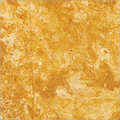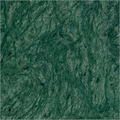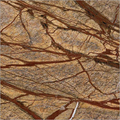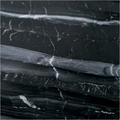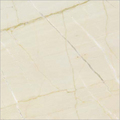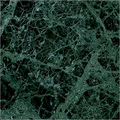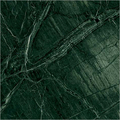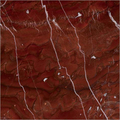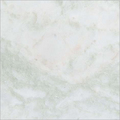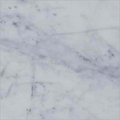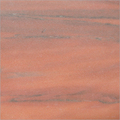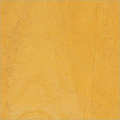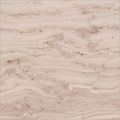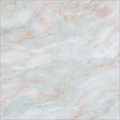Our Products
Granite
- Vizag Blue Granite
- Ruby Red Granite
- Amba White Granite
- Janshi Red Granite
- Royal Cream Granite
- Absolute Black Granite
- Chima Blue Granite + More
Limestone
- Tandoor Yellow Limestone
- Pink limestone
- Black Limestone
- Kota Blue Lime Stone Natural
- Tandoor Blue Limestone Natural
- Kota Brown Limestone
- Green Limestone + More
Marble
- Flower Gold Marble
- Green Marble
- Rain Forest Browm Marble
- Black Gold Marble
- Dolsey Beige Marble
- Onyx Green Marble
- Jaisalmer yellow Marble + More
Quartzite
- Ostrich Grey Quartzite
- Ocean Green Ledger
- Himachal Black Quartzite
- Natural Golden Quartzite
- Ocean black quartzitev
- Himachal White Quartzite
- Polished Golden Quartzite + More
Sandstone
- Choclate Sandstone
- Kandla Grey Natural Sandtone
- Mint Fossil Sandstone
- Beige Sandstone
- Natural Brown Sandtone
- Panther Sandstone
- Raj Green Sandstone + More
Slate Stone
Marble
Marble is the natural stone used as a symbol of elegance and beauty throughout the world. The name is derived from the Greek word mármaros, which means a 'shining rock', reflecting the inherited crystalline luster of the stone. Used traditionally by emperors and kings for creating majestic palaces, marble has become a symbol of imperial elegance and natural beauty.
Marble is formed when sedimentary carbonate rocks, such as limestone and dolomite, undergo metamorphosis beneath the surface of the earth because of physical conditions like excessive heat and pressure. Metamorphosis of the rocks causes them to recrystallize, or change their structure into an assorted mosaic of larger crystals of calcite, aragonite and dolomite. This process gives the resulting marble stone a characteristic lustrous appearance and slightly porous quality.
Owing to the extreme temperature and pressure conditions beneath the surface of the earth, marble is naturally forged into a very enduring stone. It is soft and slightly porous, making it a preferred choice for sculpting, engraving and creating complex intricate designs. Once polished, marble becomes water resistant, as well as incredibly lustrous and elegant, allowing its use in buildings and monuments.
Nature blesses each marble with its own distinct personal identity. This identity comes from the strong physical conditions that convert a simple limestone into marble. During this process, any fossils, grains and layers of clay, silt, iron oxides and other miners trapped in between the original rocks are destroyed due to the harsh environmental conditions. The melted impurities are mobilized and finally incorporated in between the newly formed calcite crystals, giving the marble its characteristic color and pattern. White marble, like the famous Makrana marble of India are formed from limestone and dolomite rocks that are very pure with a low in silicate concentration. Pink and red marbles are mostly rich in hematite or clay particles, while green color of the marble often signifies high amount of magnesium and silicate impurities.
The natural poise of Indian marble is intuitively alluring, making it the most preferred stone for interior as well as exterior usage. At Shivling Impex, we strive to provide this identity of the marble to make your surroundings complement your personal taste and imagination. Useable in any form, as flooring, tiles, counter tops, wall tiles as well as for landscapes and other designing, this creation of nature will give your surroundings uniqueness with a distinct touch of royalty, purity and elegance.
Indian Marble can be polished, cut and presented to suit the needs and requirements of its owner perfectly, but like all the beautiful things in nature, it deserves to be respected and cared for. Polishing the marble makes it resist water, but the main component of marble - calcium carbonate, is highly sensitive to acids. It is highly advisable to keep the marble floors and countertops away from acidic substances, and to instantly wipe off any accidental acidic spills on marble surfaces. With the right care and maintenance, these natural stones will never fail to provide austere poise and splendor to your buildings and landmarks.

